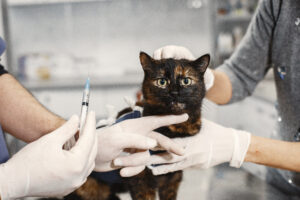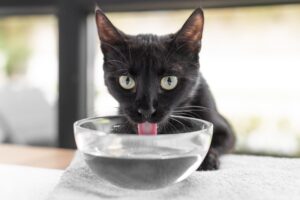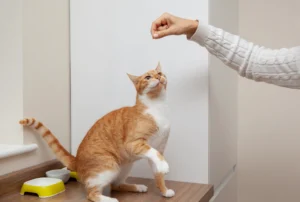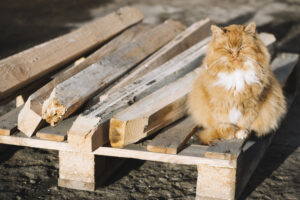As a cat parent, creating a safe environment for your feline friend is a top priority. Many common houseplants can be toxic to cats, leading to health emergencies when your curious kitty decides to take a nibble. Fortunately, there are plenty of plants safe for cats that can beautify your home without putting your pet at risk. This comprehensive guide explores five stunning plants safe for cats that deserve a spot in your home, giving you the peace of mind every pet parent deserves.
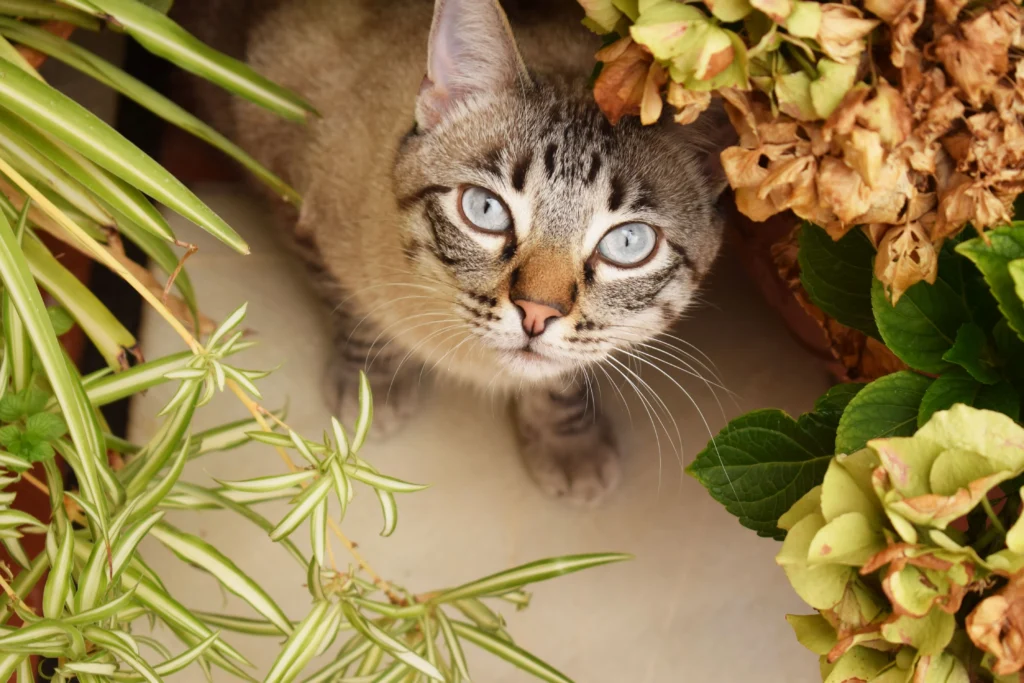
Why Choose Plants Safe for Cats?
Before diving into our top selections of cat-friendly plants, it’s important to understand why choosing plants safe for cats matters. Cats are naturally curious creatures, and many enjoy nibbling on greenery. Unfortunately, numerous popular houseplants contain toxins that can cause symptoms ranging from mild discomfort to severe illness or even death in cats.
According to the ASPCA Animal Poison Control Center, plant-related poisonings are among the top ten reasons pet owners call their hotline each year. By intentionally selecting plants safe for cats, you create a home environment where your feline friend can safely explore without danger.
Plants safe for cats not only eliminate worry but also provide environmental enrichment for your pet. Many cats enjoy interacting with plants – batting at leaves, hiding beneath foliage, or occasionally sampling a taste. When you choose non-toxic plants for cats, these natural behaviors become safe opportunities for engagement rather than potential hazards.
Now, let’s explore five exceptional plants safe for cats that combine beauty with peace of mind.
1. Spider Plant (Chlorophytum comosum)
The spider plant stands as one of the most popular plants safe for cats in American homes today. With its arching, variegated leaves and easy-going nature, this non-toxic plant for cats adds a touch of elegance to any room.
Why Spider Plants Are Great Plants Safe for Cats
Spider plants earn their place as top cat-friendly plants for several compelling reasons:
- Completely non-toxic: Spider plants contain no harmful compounds, making them ideal plants safe for cats to chew without concern.
- Air-purifying abilities: NASA studies have shown that spider plants effectively remove formaldehyde and xylene from indoor air.
- Visual entertainment: The dangling “spiderettes” (baby plants) provide fascinating visual stimulation for curious cats.
- Resilient to damage: Spider plants recover well from the occasional cat nibble or batting paw.
Growing Tips for This Cat-Safe Plant
To successfully grow spider plants as safe indoor plants for cats:
- Place in bright, indirect light
- Allow soil to dry slightly between waterings
- Use well-draining potting mix
- Repot when rootbound, typically every 1-2 years
- Hang in macramé hangers for added visual interest and to reduce excessive access
Spider plants thrive in temperatures between 65-75°F, making them perfect house plants safe for cats in most American homes. Their adaptability to various light conditions makes them versatile plants safe for cats regardless of which room you choose to display them in.
2. Boston Fern (Nephrolepis exaltata)
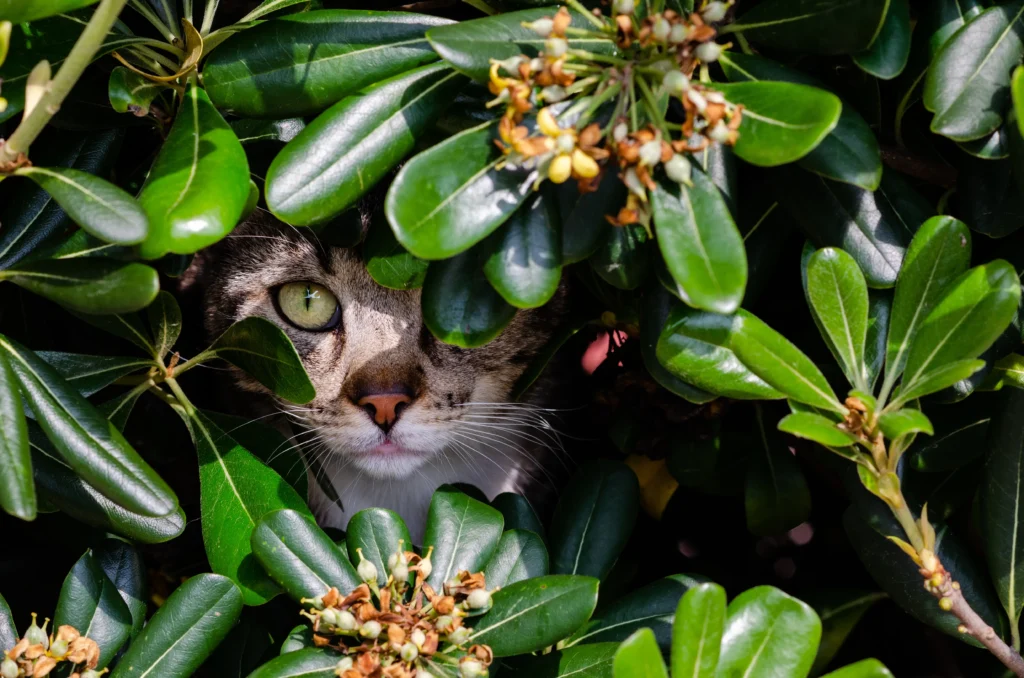
With its lush, feathery fronds, the Boston fern brings a touch of woodland serenity to indoor spaces. This classic beauty ranks high among plants safe for cats, offering visual appeal without safety concerns.
Why Boston Ferns Are Excellent Non-Toxic Plants for Cats
Boston ferns provide numerous benefits as cat-friendly plants:
- Completely safe: Boston ferns contain no toxic compounds, making them perfect plants safe for cats to interact with.
- Humidity boosters: These ferns release moisture into the air, improving indoor humidity levels.
- Visual texture: The delicate, arching fronds add dimension and movement to your décor.
- Natural hideaway: Larger specimens provide cats with gentle cover for peaceful napping.
Care Requirements for This Safe Plant for Cats
To keep your Boston fern thriving as a safe indoor plant for cats:
- Provide consistent moisture (never let soil dry completely)
- Place in medium to bright indirect light
- Maintain higher humidity (use pebble trays or humidifiers)
- Feed with diluted houseplant fertilizer monthly during growing season
- Mist regularly to prevent browning fronds
Boston ferns prefer temperatures between 60-75°F and appreciate regular misting, especially during winter when indoor air tends to be drier. While they require slightly more attention than some other plants safe for cats, their stunning appearance makes them worth the effort.
3. Areca Palm (Dypsis lutescens)
For those seeking dramatic impact among plants safe for cats, the areca palm stands as an impressive choice. This tropical beauty brings resort-like flair to living spaces while remaining completely non-toxic to curious felines.
Why Areca Palms Are Superb Plants Safe for Cats
Areca palms offer several advantages as cat-friendly plants:
- Toxin-free: Areca palms contain no compounds harmful to cats, making them ideal non-toxic houseplants for cats.
- Excellent air purifiers: These palms effectively remove toxins like formaldehyde, xylene, and toluene from indoor air.
- Privacy screens: Mature specimens create natural room dividers while remaining safe plants for cats.
- Humidity enhancers: Areca palms release significant moisture, improving indoor air quality.
Growing Your Own Cat-Safe Areca Palm
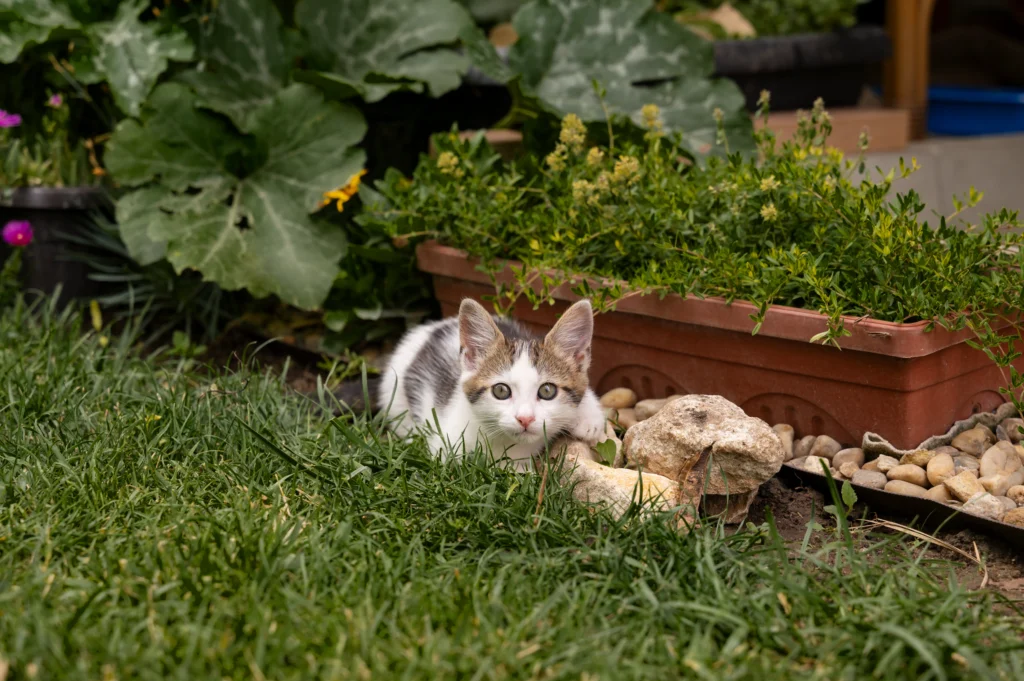
To successfully maintain areca palms as safe plants for cats and dogs:
- Position in bright, indirect light (avoid direct sun which can scorch leaves)
- Water when the top inch of soil feels dry
- Provide well-draining soil and pots with drainage holes
- Feed with diluted palm fertilizer during spring and summer
- Maintain temperatures between 65-75°F
Areca palms grow relatively quickly among plants safe for cats, potentially reaching 6-7 feet indoors under ideal conditions. Their graceful, feathery fronds create a tropical atmosphere that enhances any décor style while providing safe enrichment for feline family members.
4. African Violet (Saintpaulia)
For cat owners seeking flowering plants safe for cats, African violets offer the perfect solution. These compact beauties produce charming blooms in various shades while remaining completely safe for curious cats.
Why African Violets Are Delightful Plants Safe for Cats
African violets stand out among cat-friendly plants for several reasons:
- Pet safety: African violets contain no toxic compounds, making them excellent non-toxic plants for cats.
- Year-round blooms: With proper care, these plants can flower continuously.
- Space efficiency: Their compact size makes them perfect for small spaces.
- Variety: Available in numerous colors including purple, pink, white, and blue.
Cultivating These Non-Toxic Plants for Cats
To grow thriving African violets as safe house plants for cats:
- Place in bright, indirect light (eastern or western windows work well)
- Water from the bottom to prevent crown rot
- Maintain temperatures between 65-75°F
- Use African violet-specific potting mix
- Feed with diluted African violet fertilizer every 4-6 weeks
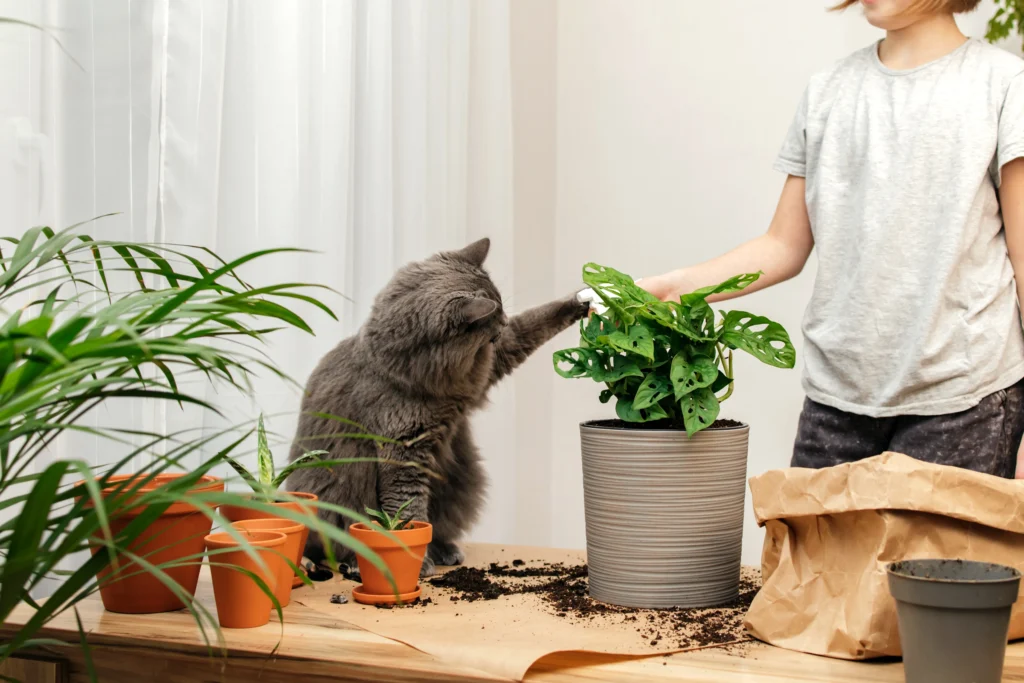
African violets appreciate slightly higher humidity than many homes provide naturally. Placing them in kitchens or bathrooms (with adequate light) can help these plants safe for cats thrive. Their modest size makes them perfect for desktops, end tables, and other small spaces that could benefit from a touch of color.
5. Catnip (Nepeta cataria)
No list of plants safe for cats would be complete without mentioning catnip. This member of the mint family is not only non-toxic but actively beneficial for many cats, providing stimulation and enrichment.
Why Catnip Is the Ultimate Plant Cats Can Eat
Catnip offers unique benefits among cat-friendly plants:
- Behavioral enrichment: Contains nepetalactone, which triggers pleasure responses in approximately 70% of cats.
- Completely safe: Catnip is non-toxic and safe for cats to chew, roll in, and interact with.
- Attractive foliage: Silvery-green leaves add subtle texture to plant collections.
- Insect repellent: Naturally repels mosquitoes and certain other pests.
Growing This Safe Plant for Cats to Chew
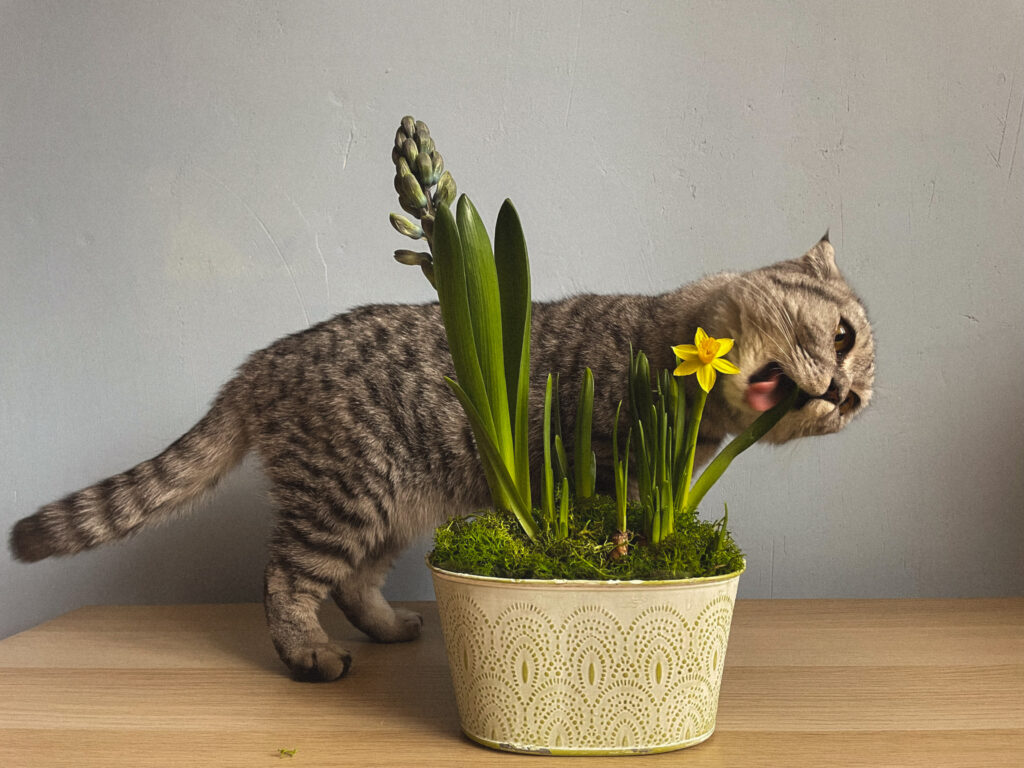
To successfully cultivate catnip as one of your plants safe for cats:
- Plant in well-draining soil
- Position in full sun to partial shade
- Water when the top inch of soil feels dry
- Harvest leaves periodically to encourage bushier growth
- Consider growing in separate pots to prevent overenthusiastic destruction
Catnip grows rapidly among plants safe for cats, sometimes reaching 3-4 feet tall when grown outdoors. Indoor specimens typically remain more compact. Consider rotating access to catnip plants to prevent your cat from becoming desensitized to its effects.
Creating a Safe Indoor Garden with Plants Safe for Cats
Now that we’ve explored five excellent plants safe for cats, let’s discuss how to create a comprehensive indoor garden that keeps your feline friends safe while satisfying your plant parent aspirations.
Additional Cat-Friendly Plants to Consider
Beyond our top five, numerous other plants safe for cats deserve consideration:
- Calathea varieties: These prayer plants offer stunning patterned leaves and remain non-toxic plants for cats.
- Christmas cactus: Unlike many cacti, this flowering variety counts among safe plants for cats and dogs.
- Orchids: These elegant bloomers are non-toxic houseplants for cats despite their delicate appearance.
- Swedish ivy: This trailing plant provides cascading greenery as a safe indoor plant for cats.
- Bamboo palm: Not to be confused with toxic varieties, true bamboo palms are excellent plants safe for cats with dramatic presence.
Arranging Your Cat-Safe Plants
When designing your display of plants safe for cats, consider these strategies:
- Varied heights: Combine hanging plants safe for cats with tabletop specimens for visual interest.
- Dedicated plant areas: Create zones where multiple cat-friendly plants cluster together.
- Rotation system: Move plants periodically to provide fresh stimulation for curious cats.
- Cat accessibility levels: Place more durable plants safe for cats within easier reach, saving delicate specimens for higher positions.
Protecting Your Plants Safe for Cats
Even when using exclusively non-toxic plants for cats, you may want to protect certain specimens from excessive attention:
- Decorative pebble topsoil: Prevents cats from digging in plant soil
- Diluted citrus spray: Many cats dislike citrus scents (test carefully as some cats may be sensitive)
- Dedicated cat grass: Offering specific plants cats can eat may redirect attention from your decorative specimens
- Strategic placement: Use shelving, plant stands, or hanging arrangements for more vulnerable plants safe for cats
Identifying and Avoiding Toxic Plants
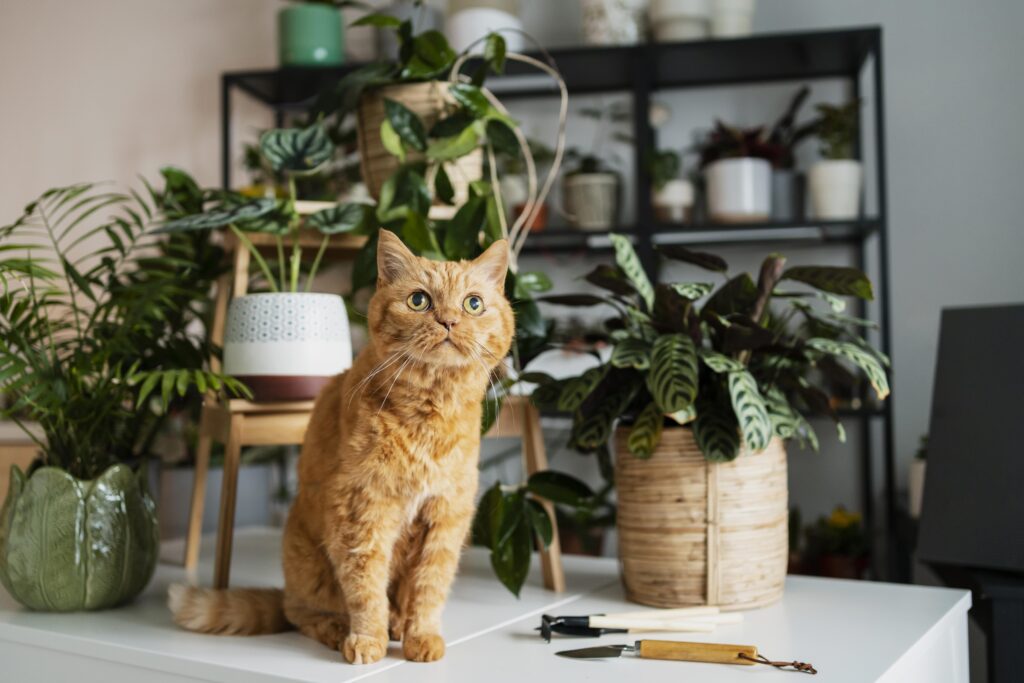
While focusing on plants safe for cats is essential, equally important is recognizing common toxic plants to avoid. According to the ASPCA Toxic Plants Database, these common houseplants pose dangers to cats:
- Lilies (particularly fatal to cats)
- Pothos/Devil’s ivy
- Philodendron
- Peace lily
- Sago palm
- Aloe vera
- Jade plant
- English ivy
Always research before bringing new plants home, prioritizing plants safe for cats to maintain a secure environment. For more information about toxic plants and emergency care, visit our comprehensive guide at PetsPump’s Pet Safety Resources.
What to Do If Your Cat Eats a Plant
Even with careful selection of plants safe for cats, accidents can happen—especially with new pets or recently introduced plants. If you suspect your cat has ingested a toxic plant despite your precautions:
- Remove any plant material from your cat’s mouth if possible
- Note the plant species and approximate amount consumed
- Contact your veterinarian or the ASPCA Animal Poison Control Center (888-426-4435)
- Monitor for symptoms including vomiting, drooling, difficulty breathing, lethargy, or diarrhea
When you maintain an environment of exclusively plants safe for cats, such emergencies become much less likely, providing the peace of mind promised in our title.
Benefits of Having Plants Safe for Cats in Your Home
The advantages of incorporating cat-friendly plants extend beyond mere safety concerns:
Environmental Benefits
Plants safe for cats improve your home environment by:
- Purifying indoor air of common pollutants
- Increasing oxygen levels
- Regulating humidity
- Reducing dust levels
Psychological Benefits
Both humans and cats benefit psychologically from having plants safe for cats around:
- Reduced stress levels
- Improved focus and concentration
- Enhanced mood
- Increased sense of wellbeing
Aesthetic Benefits
Non-toxic plants for cats contribute to home aesthetics through:
- Added color and texture
- Softened architectural lines
- Improved acoustic properties
- Enhanced design cohesion
Shopping for Plants Safe for Cats
When purchasing new cat-friendly plants, consider these best practices:
- Verify plant identification: Confirm species with nursery staff and check against ASPCA’s list of plants safe for cats
- Inspect for pests: Examine plants thoroughly to avoid bringing insects into your home
- Check soil additives: Some commercial plants contain fertilizers or pesticides that could harm cats
- Quarantine new arrivals: Keep new plants separate initially to monitor for pests or reactions
Many reputable online retailers now specialize in delivering plants safe for cats directly to your door, making it easier than ever to create a cat-friendly plant paradise. For more pet-friendly shopping options, visit our PetsPump Shopping Guide.
Conclusion: Enjoying Plants Safe for Cats With Confidence
Creating a home filled with plants safe for cats allows you to enjoy the benefits of indoor gardening without compromising your pet’s wellbeing. The five featured plants—spider plants, Boston ferns, areca palms, African violets, and catnip—represent just the beginning of your journey into cat-friendly botanicals.
By intentionally selecting non-toxic plants for cats, you create an environment where both you and your feline companions can thrive. These safe indoor plants for cats bring nature’s beauty indoors while ensuring your curious kitty remains protected from harm.
Remember that while all featured plants are considered safe plants for cats according to veterinary authorities, individual cats may have unique sensitivities. Always monitor your pet when introducing new plants safe for cats into your home environment.
For more information about creating pet-friendly environments, health tips, and product recommendations, visit us at PetsPump or explore our detailed guides on cat enrichment activities and pet-safe home design.
With this knowledge, you can confidently fill your home with beautiful plants safe for cats, creating a harmonious environment where both you and your feline friends can flourish.
Resources for Plants Safe for Cats
For additional information about plants safe for cats, consider these authoritative sources:
- ASPCA Animal Poison Control Center – Comprehensive database of plants safe for cats and toxic varieties
- American Veterinary Medical Association – Professional guidance on pet safety including plants safe for cats
- Cornell University Feline Health Center – Research-backed information on cat health and environmental safety
- University of California Safe and Poisonous Plants – Academic resource identifying plants safe for cats and dangerous varieties
By leveraging these resources alongside our guide, you’ll be well-equipped to create a beautiful, botanically-rich environment using exclusively plants safe for cats.



